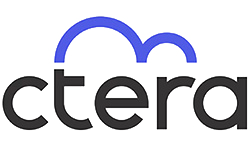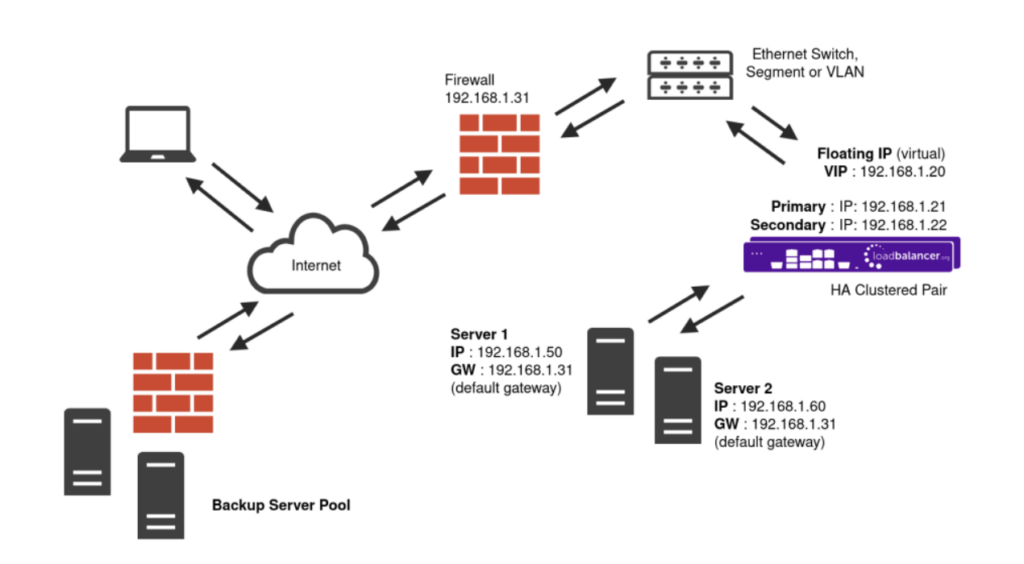CTERA Portal server

Useful resources
About CTERA Portal server
The CTERA Portal is an enterprise file services delivery platform comprising our multi-cloud Global File System as well as multi-tenant management of CTERA Edge and CTERA Drive clients.
It provides a highly secure and isolated multi-tenant environment that allows organizations to run separate programs/services at the department level, so that they can share infrastructure with full data confidentiality. The multi-tenant architecture also empowers service providers to deploy and manage their own services on their own infrastructure.
The CTERA Portal also provides a DataOps-centric data services platform with an extendable, event-driven microservice framework that can be used for data pipeline orchestration activities such as workflow automation, cyber protection, and data analytics.
Key benefits of load balancing
Here are a few key benefits:
- Ensures the application is always available
- Provides stable, optimal performance
- Ability to isolate servers which reduces risk when performing upgrades/maintenance
- Scalability
How to load balance CTERA Portal
The load balancer can be deployed in four fundamental ways: Layer 4 DR mode, Layer 4 NAT mode, Layer 4 SNAT mode, and Layer 7 SNAT mode.
For CTERA Portal, Layer 7 SNAT mode is recommended.
Layer 7 SNAT mode
Layer 7 SNAT mode uses a proxy (HAProxy) at the application Layer. Inbound requests are terminated on the load balancer and HAProxy generates a new corresponding request to the chosen Real Server. As a result, Layer 7 is typically not as fast as the Layer 4 methods.
Layer 7 is typically chosen when either enhanced options such as SSL termination, cookie based persistence, URL rewriting, header insertion/deletion etc are required, or when the network topology prohibits the use of the Layer 4 methods.

Because Layer 7 SNAT mode is a full proxy, any server in the cluster can be on any accessible subnet including across the Internet or WAN.
Layer 7 SNAT mode is not transparent by default i.e. the Real Servers will not see the source IP address of the client, they will see the load balancer’s own IP address by default, or any other local appliance IP address if preferred (e.g. the VIP address). This can be configured per Layer 7 VIP. If required, the load balancer can be configured to provide the actual client IP address to the Real Servers in two ways:
- Either by inserting a header that contains the client’s source IP address, or
- By modifying the Source Address field of the IP packets and replacing the IP address of the load balancer with the IP address of the client.
Layer 7 SNAT mode can be deployed using either a one-arm or two-arm configuration. For two-arm deployments, eth0 is normally used for the internal network and eth1 is used for the external network, although this is not mandatory. It does not require any mode-specific configuration changes to the load balanced Real Servers.
Port translation is possible with Layer 7 SNAT mode e.g. VIP:80 → RIP:8080 is supported. You should not use the same RIP:PORT combination for Layer 7 SNAT mode VIPs and Layer 4 SNAT mode VIPs because the required firewall rules conflict.
deployment guide

Load Balancing CTERA Portal
Read deployment guidemanual

Read Manual
Read manualblog

How to load balance and optimize Hitachi Content Platform (HCP)
Read blog

